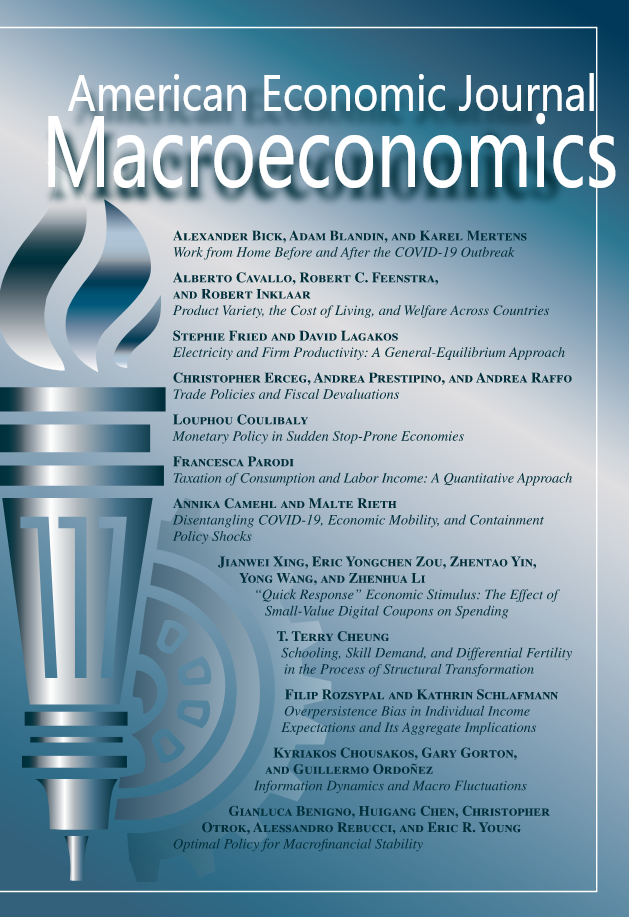集体道德风险与银行间市场
IF 5.7
1区 经济学
Q1 ECONOMICS
引用次数: 0
摘要
金融体系内部风险的集中导致了系统的不稳定。我们提出了一个理论来解释金融体系的结构,并表明当政府在危机期间进行最佳干预时,它如何改变金融机构的冒险动机。通过发行银行间债权,高风险机构内生地变得规模庞大且相互关联。这种集中的结构使机构能够以私人最优的方式分担系统性危机的风险,但也导致即使是外围机构也会过度承担风险。相互联系和过度冒险相辅相成。限制高风险机构相互联系的宏观审慎监管可以改善福利。(jel d82, e44, g01, g21, g28)本文章由计算机程序翻译,如有差异,请以英文原文为准。
Collective Moral Hazard and the Interbank Market
The concentration of risk within the financial system leads to systemic instability. We propose a theory to explain the structure of the financial system and show how it alters the risk-taking incentives of financial institutions when the government optimally intervenes during crises. By issuing interbank claims, risky institutions endogenously become large and interconnected. This concentrated structure enables institutions to share the risk of systemic crises in a privately optimal way but leads to excessive risk taking even by peripheral institutions. Interconnectedness and excessive risk taking reinforce one another. Macroprudential regulation that limits the interconnectedness of risky institutions improves welfare. (JEL D82, E44, G01, G21, G28)
求助全文
通过发布文献求助,成功后即可免费获取论文全文。
去求助
来源期刊

American Economic Journal-Macroeconomics
ECONOMICS-
CiteScore
8.20
自引率
1.70%
发文量
58
期刊介绍:
American Economic Journal: Macroeconomics focuses on studies of aggregate fluctuations and growth, and the role of policy in that context. Such studies often borrow from and interact with research in other fields, such as monetary theory, industrial organization, finance, labor economics, political economy, public finance, international economics, and development economics. To the extent that they make a contribution to macroeconomics, papers in these fields are also welcome.
 求助内容:
求助内容: 应助结果提醒方式:
应助结果提醒方式:


